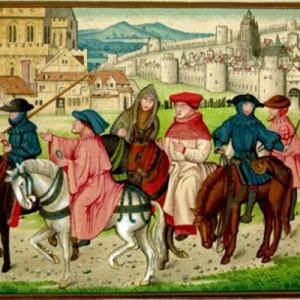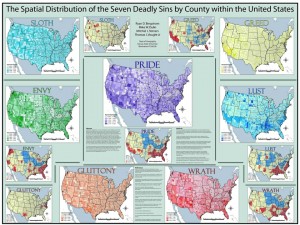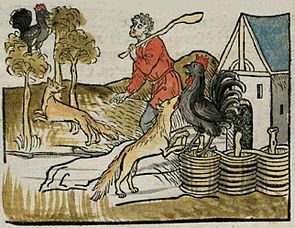 To conclude our study of Chaucer and The Canterbury Tales, you will be working together to create a tale that instructs someone from the modern era on the consequences of one of the Seven Deadlies. Chaucer chose the entire scope of medieval society as his backdrop; we will be using the American high school.
To conclude our study of Chaucer and The Canterbury Tales, you will be working together to create a tale that instructs someone from the modern era on the consequences of one of the Seven Deadlies. Chaucer chose the entire scope of medieval society as his backdrop; we will be using the American high school.
Each group must select a character type found in a typical high school, such as jock, band geek, nerd, skater, etc., as its main character. Once your group has selected a character, you will randomly draw one of the Seven Deadly Sins as the focus of your tale. Each group will create the following:
Description of your pilgrim: You may include clothing, characteristics, physical traits, or whatever will communicate your character. Designate someone in your group to draw or collage your Pilgrim. Original art or images from the internet are both acceptable, but make it colorful!
Prologue to your tale: 10-20 lines introducing your character (you could include some description here) and the scenario that introduces your sin.
Your tale must meet the following requirements:
- Describe a situation or problem created by your Deadly Sin
- Tell a story about how your Pilgrim reacts to/confronts/is seduced by your Deadly Sin
- Deliver a moral or lesson about that Deadly Sin
- 2 pages minimum (double spaced)
- Write in couplets!
Your final tale must be typed and submitted with your Pilgrim’s picture. Presentations will occur by random draw. All pictures and tales must be ready to present in class on Thursday, November 20.




